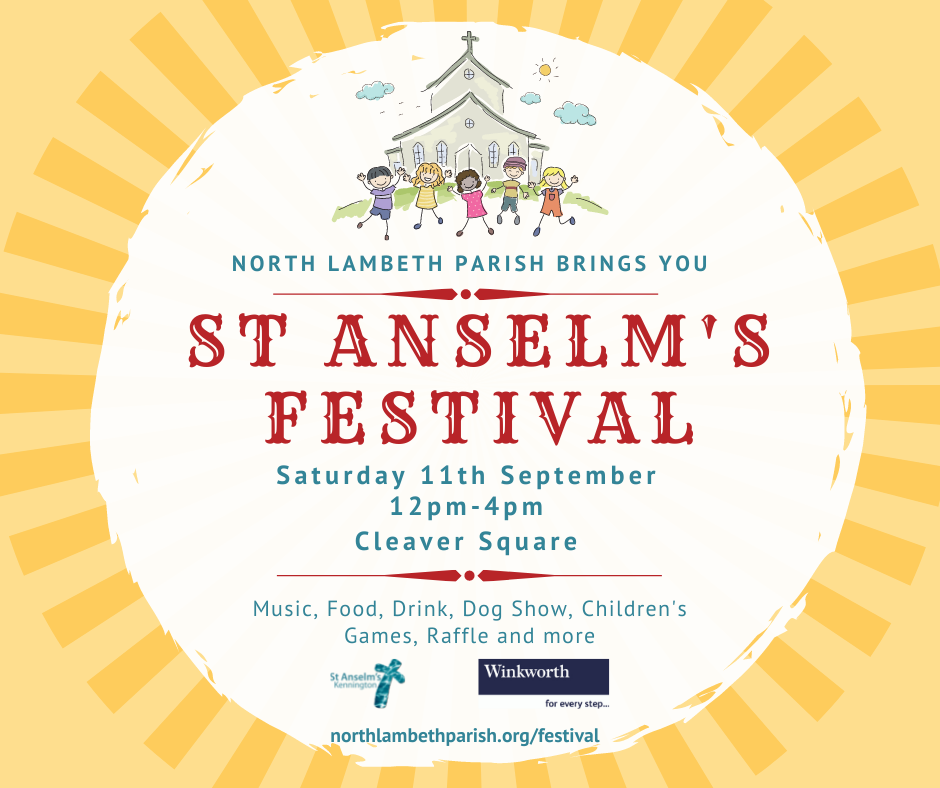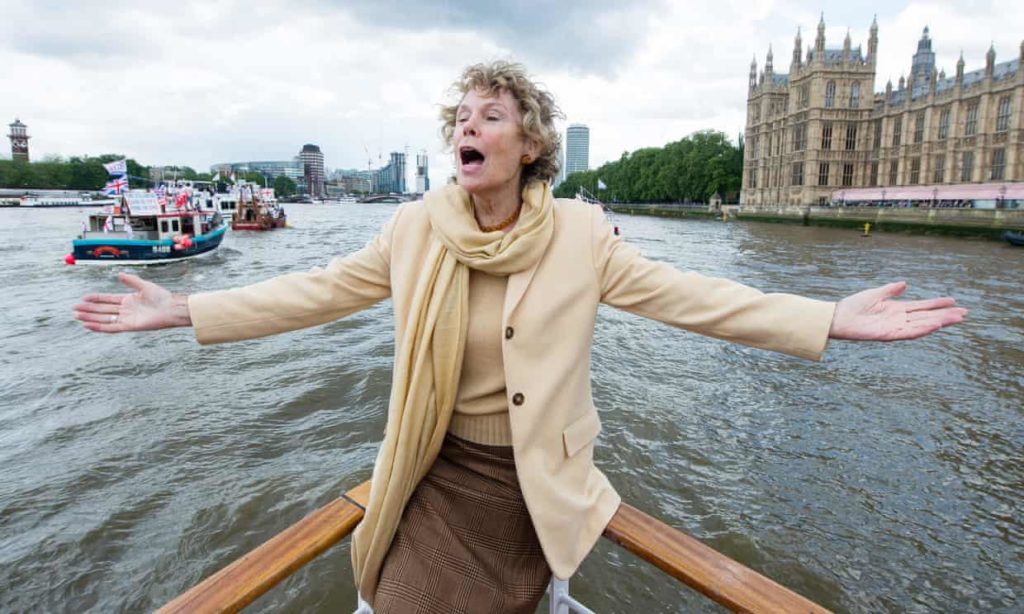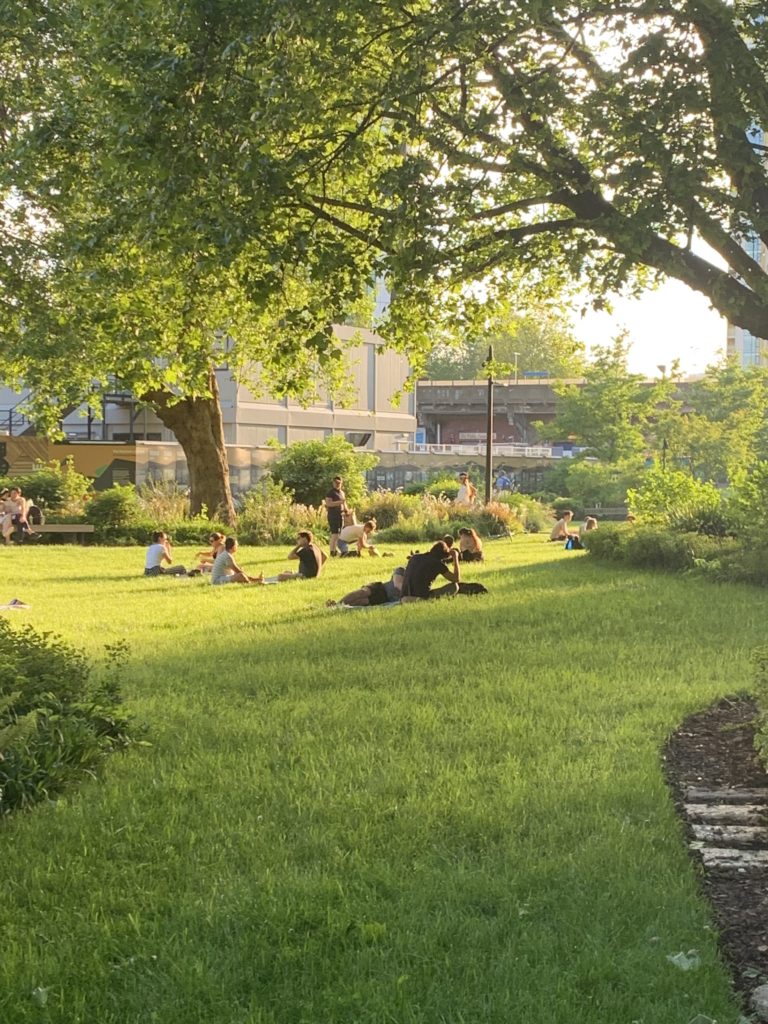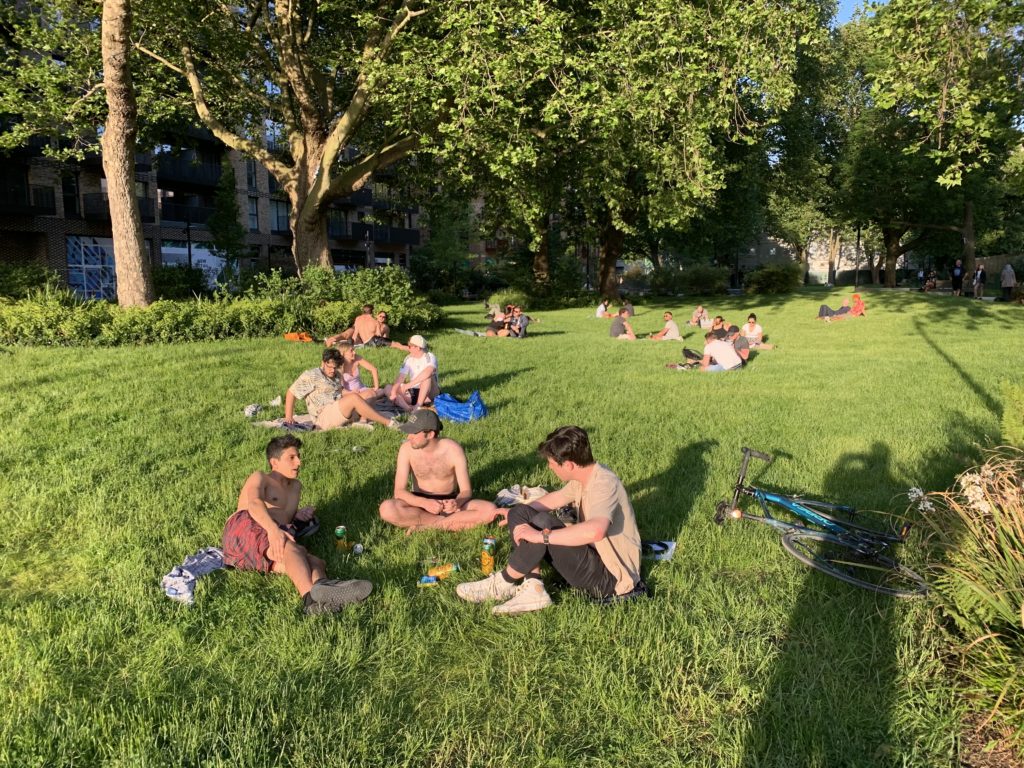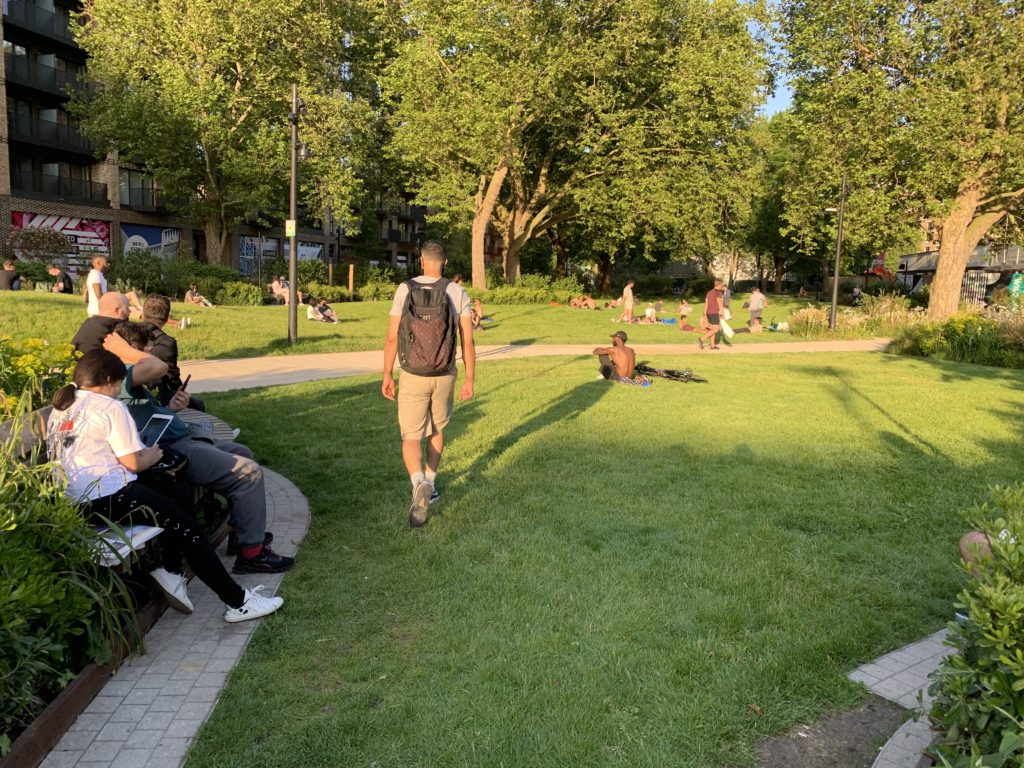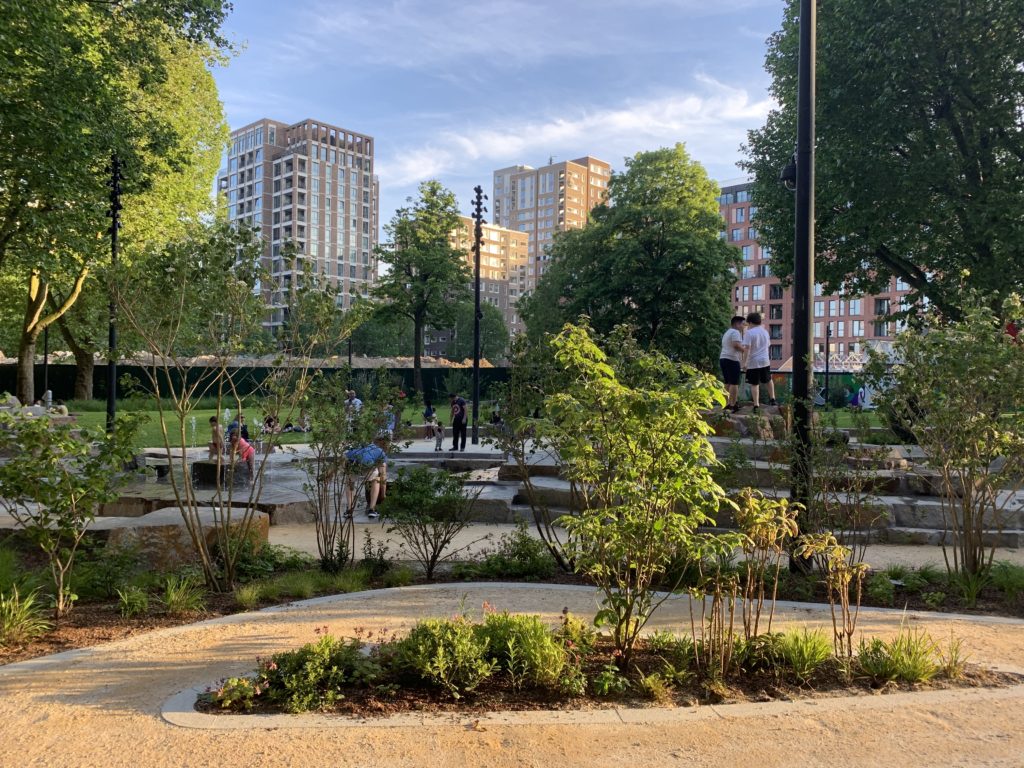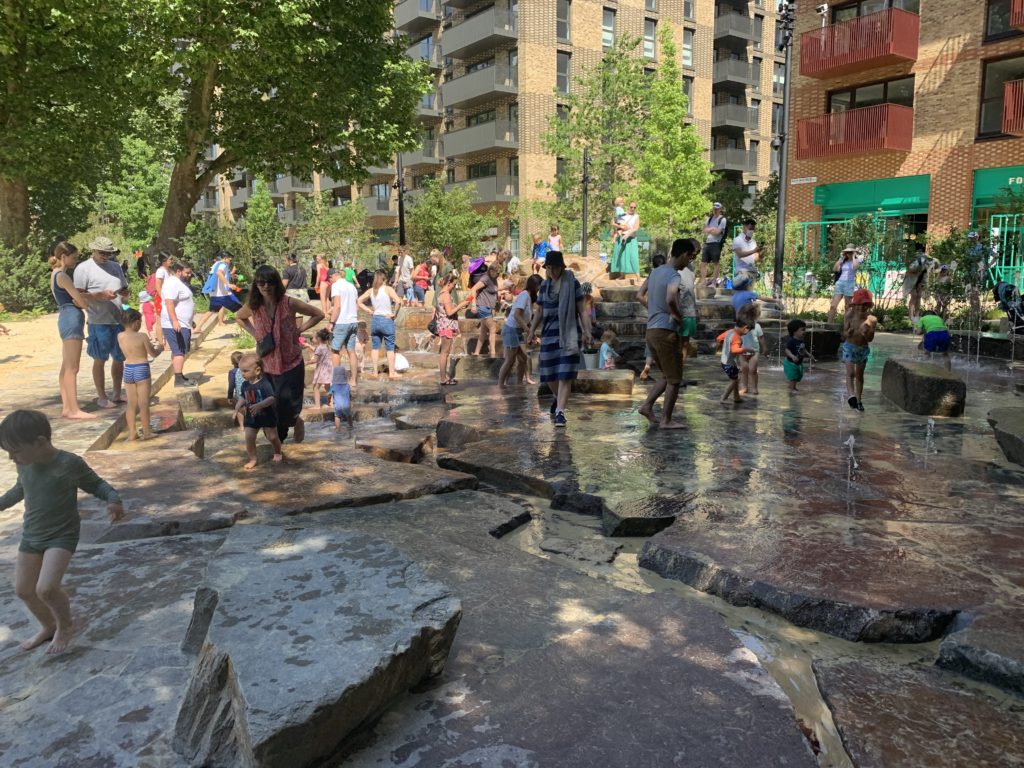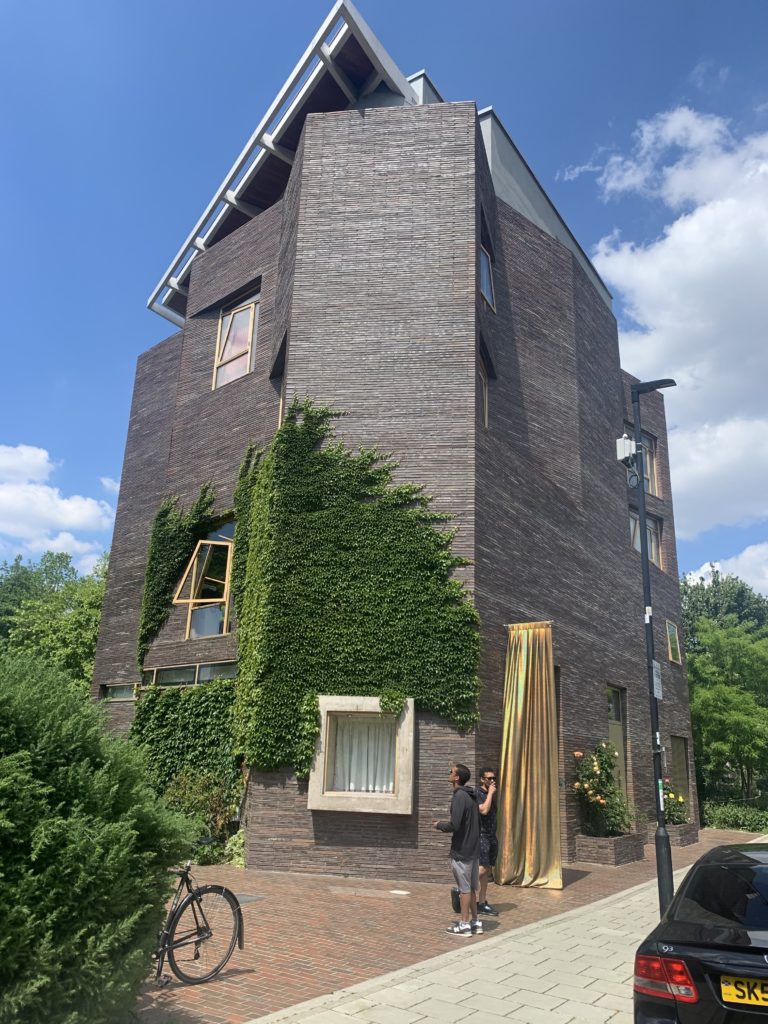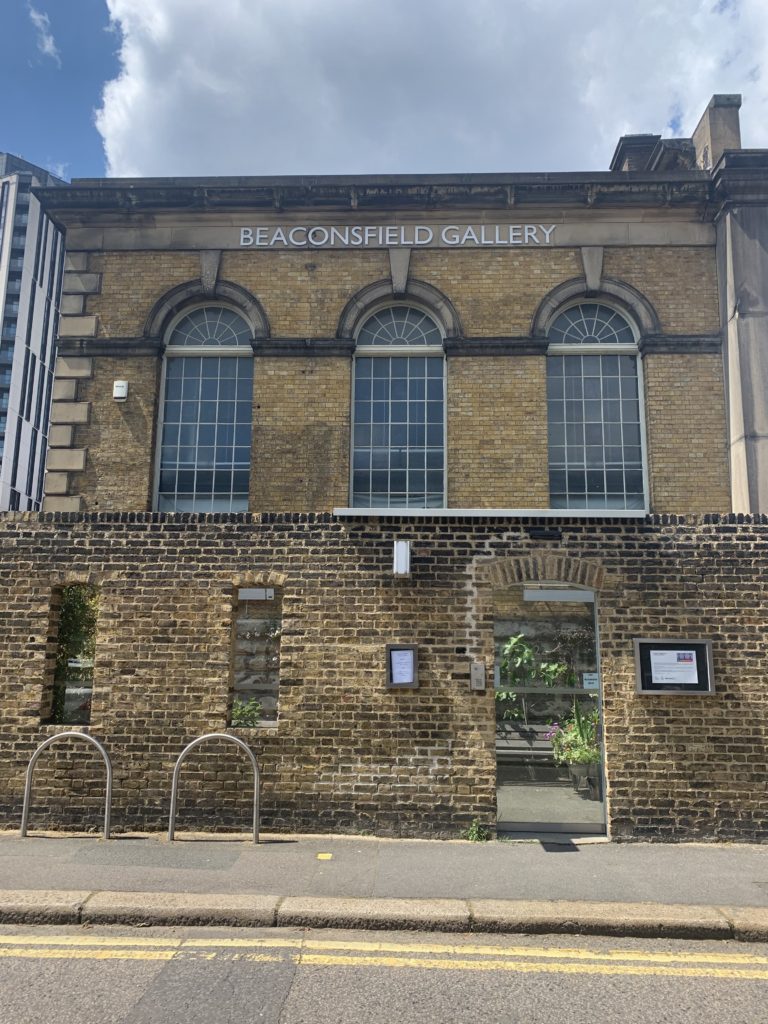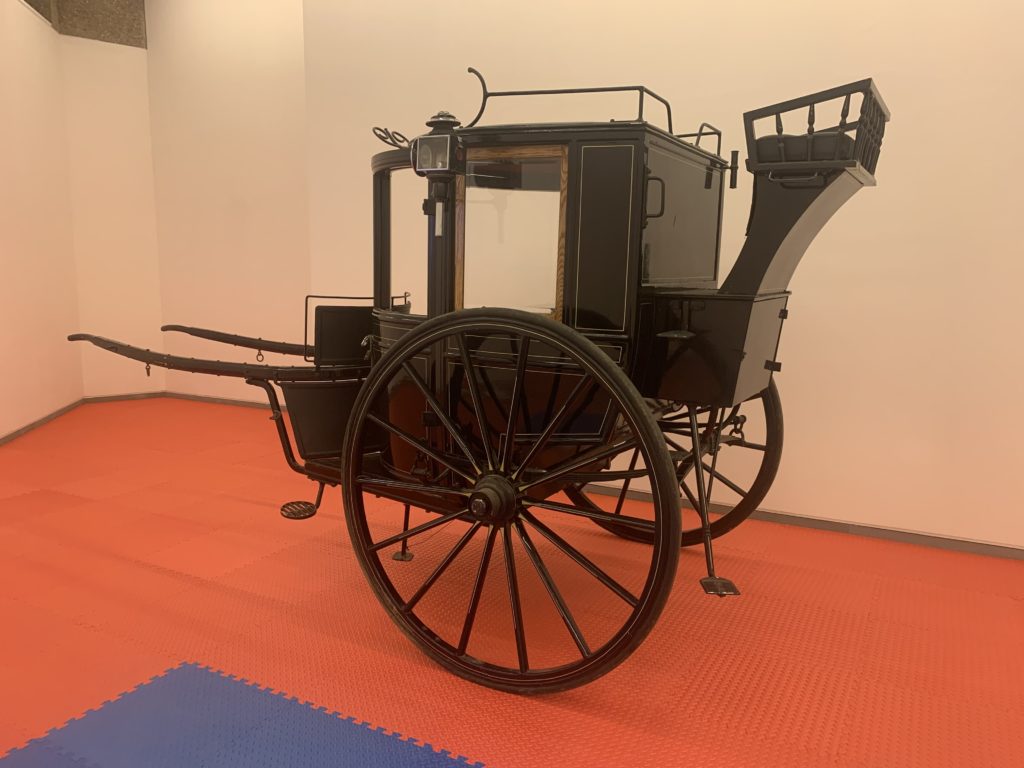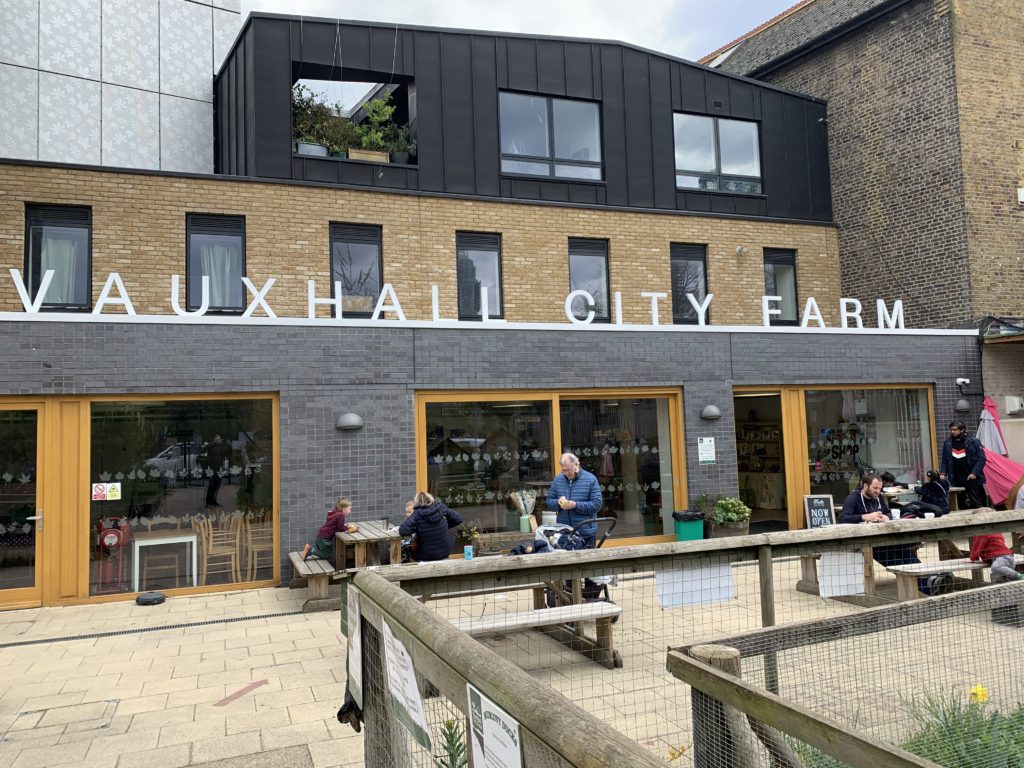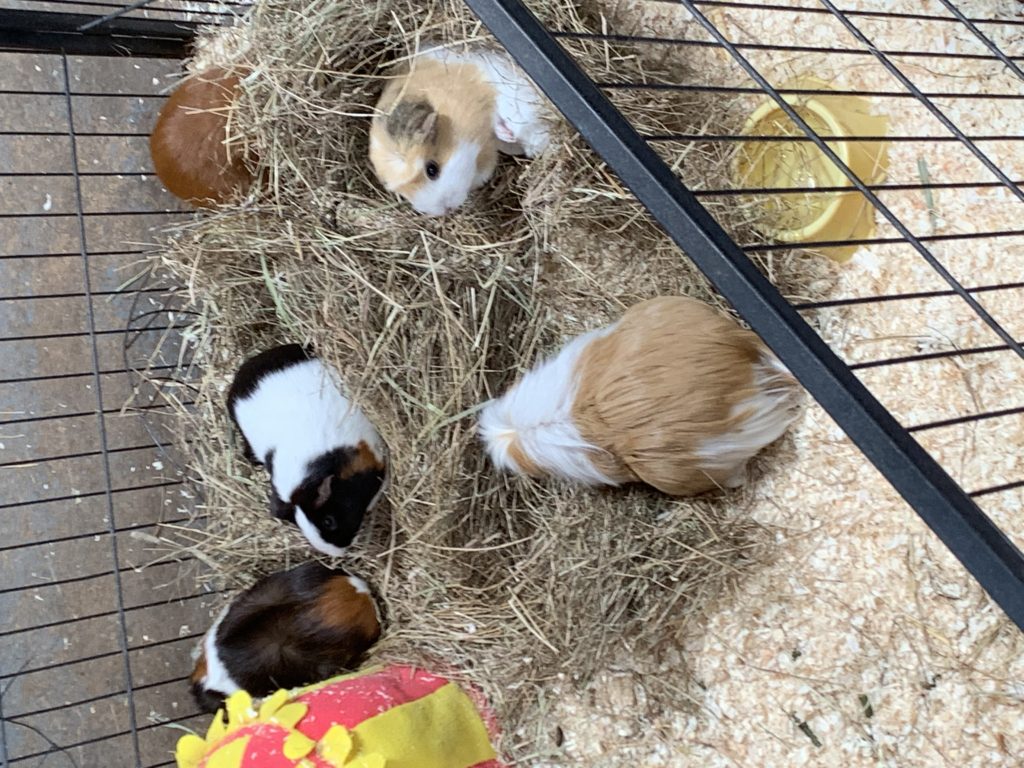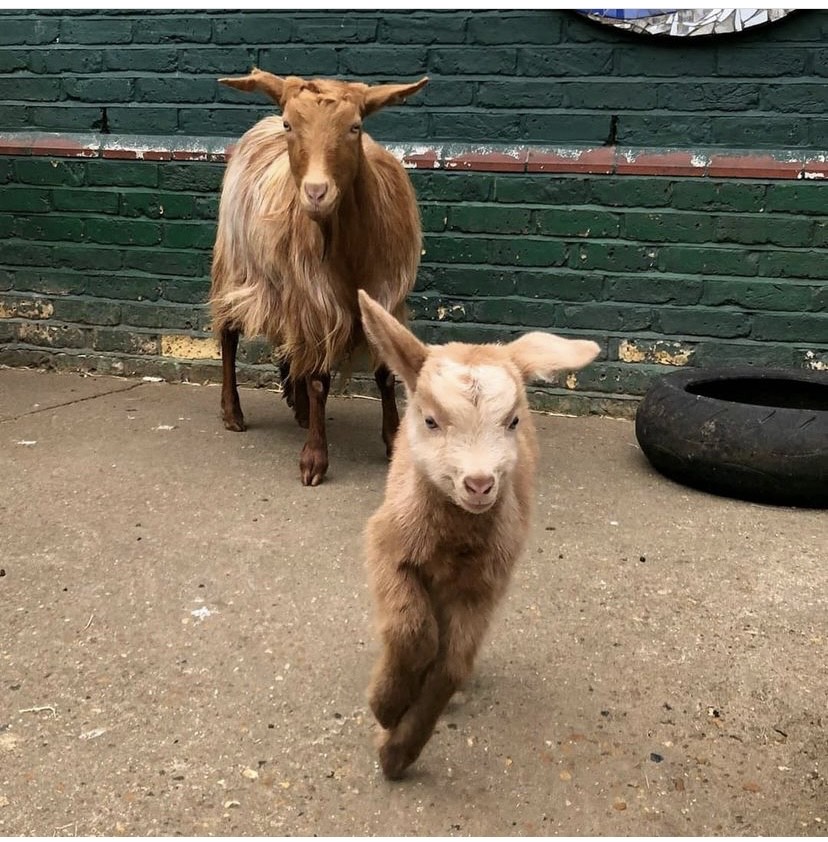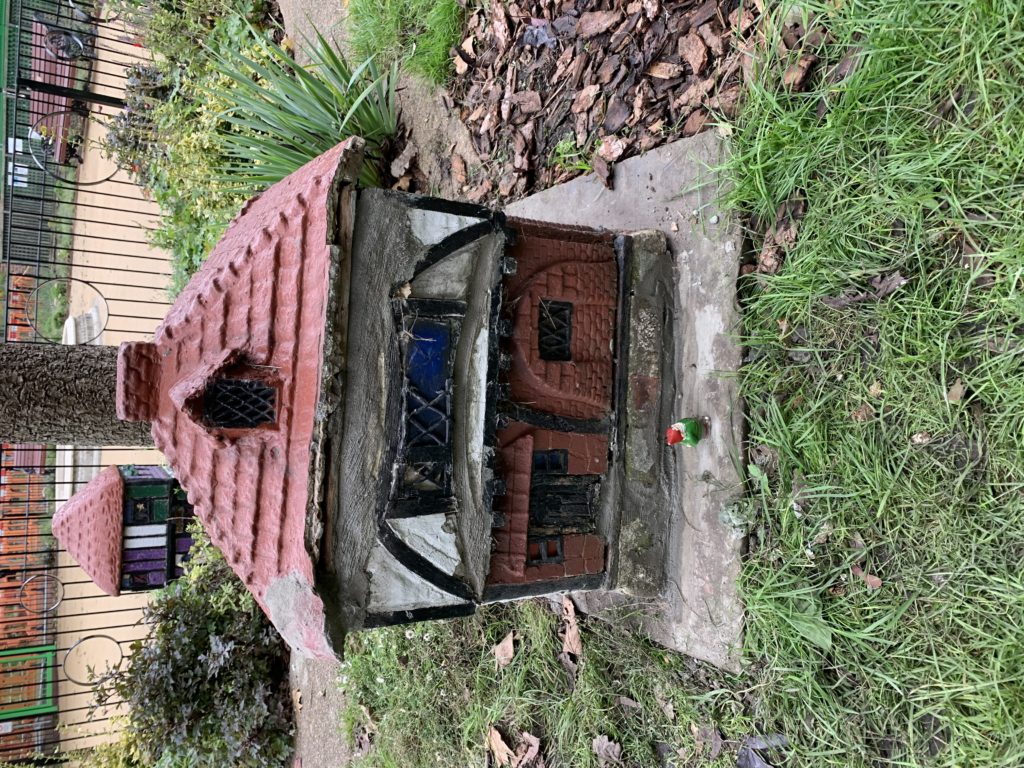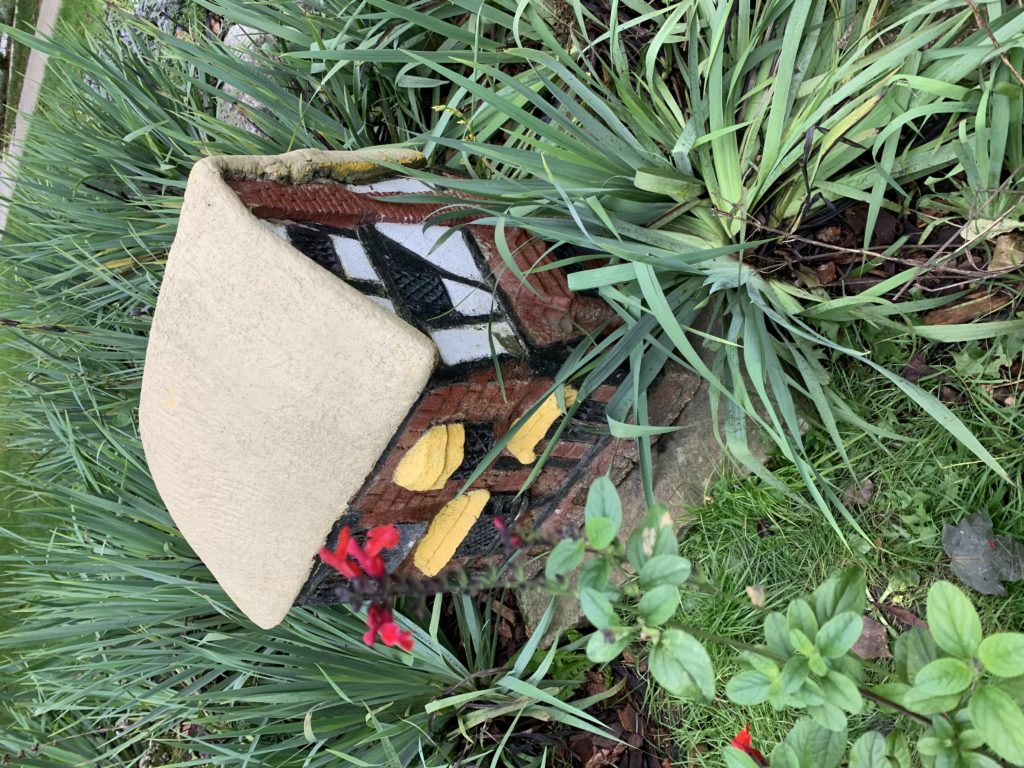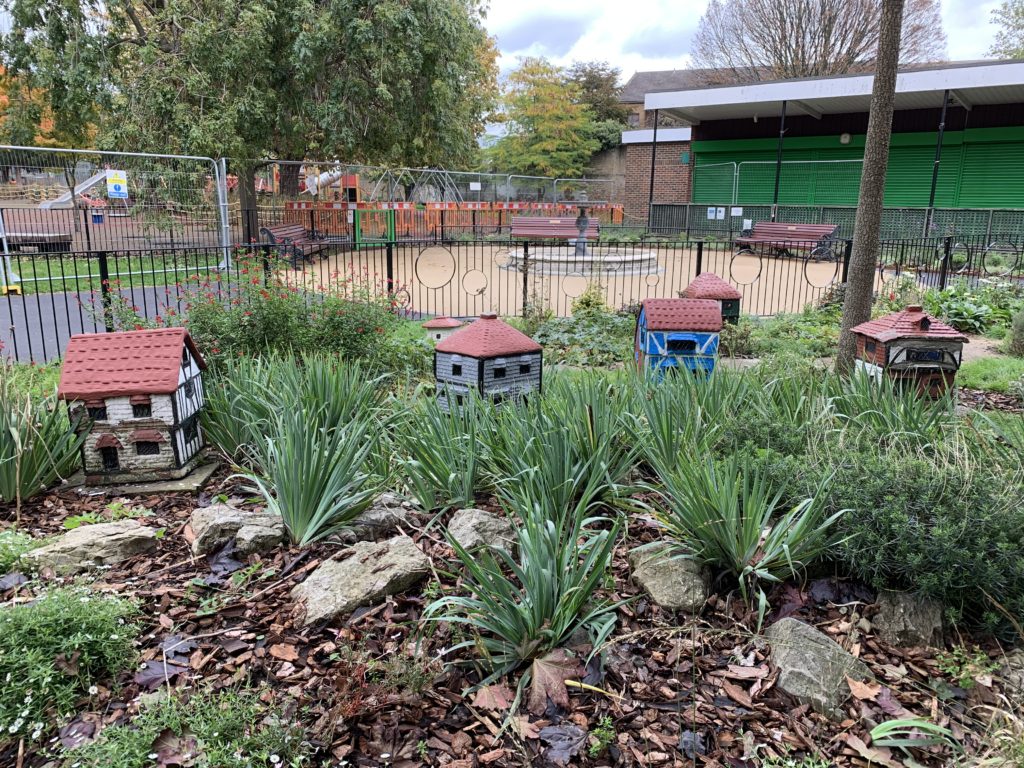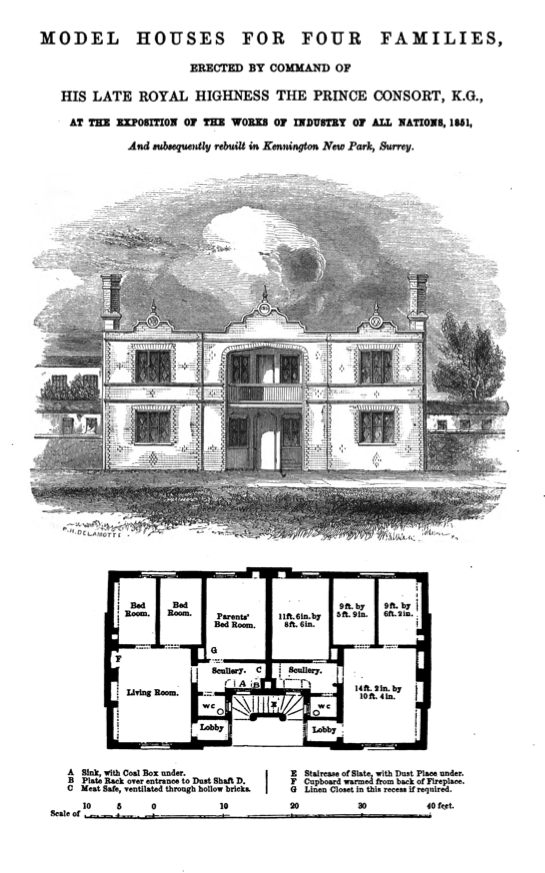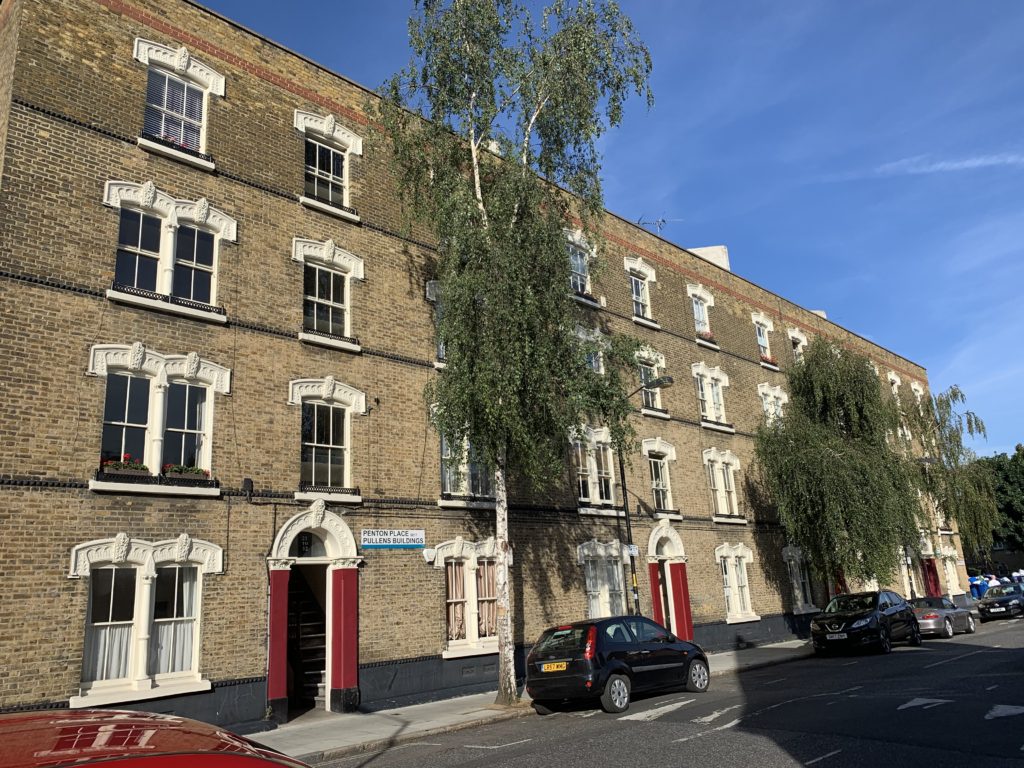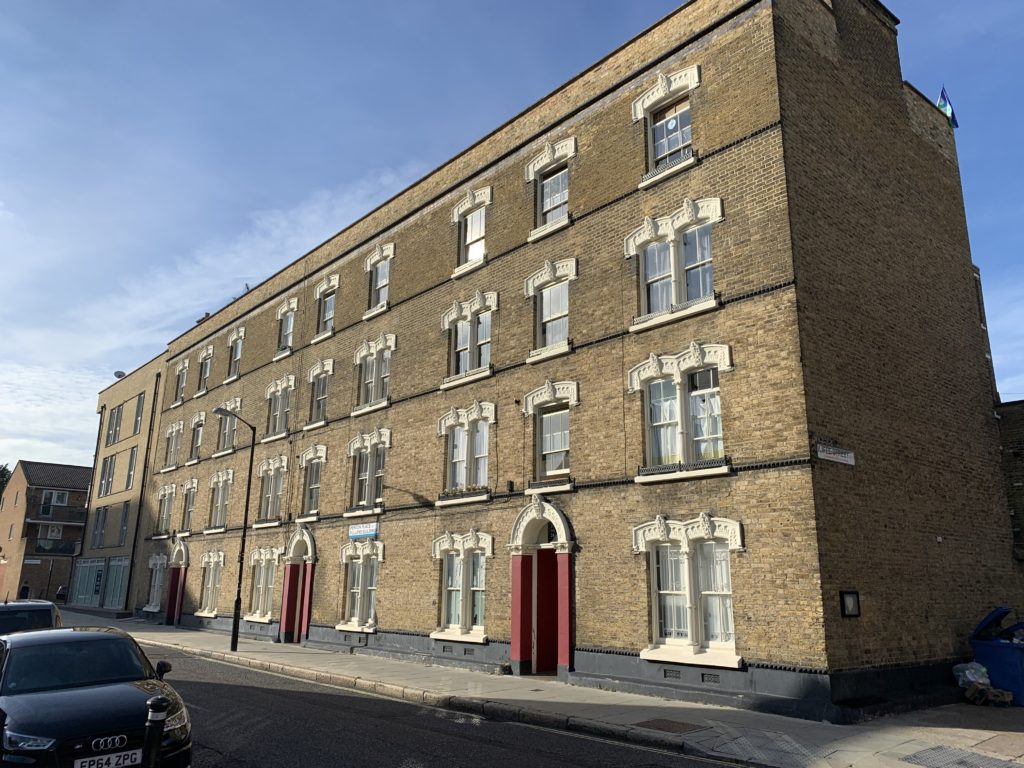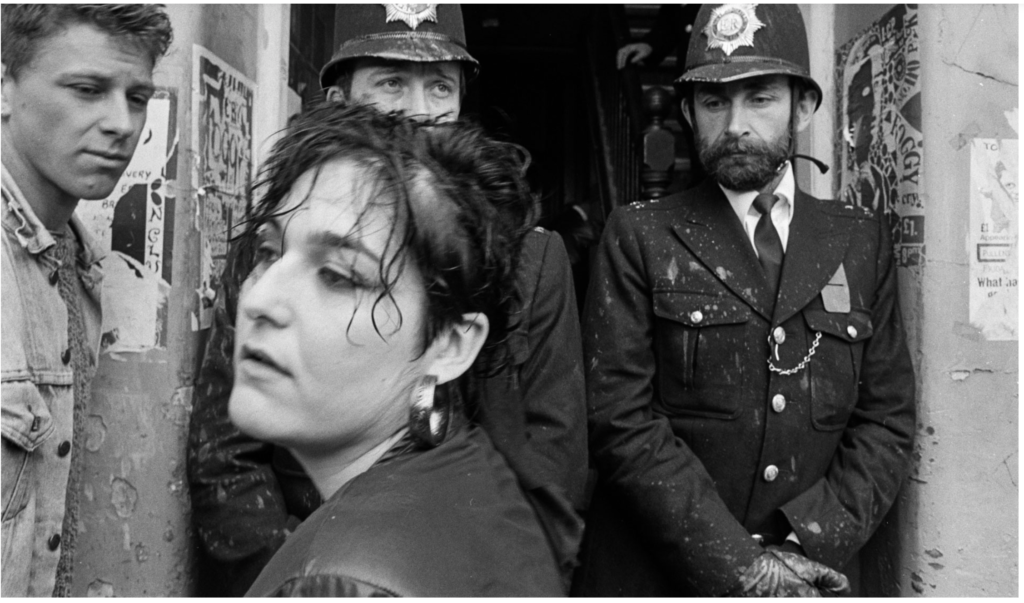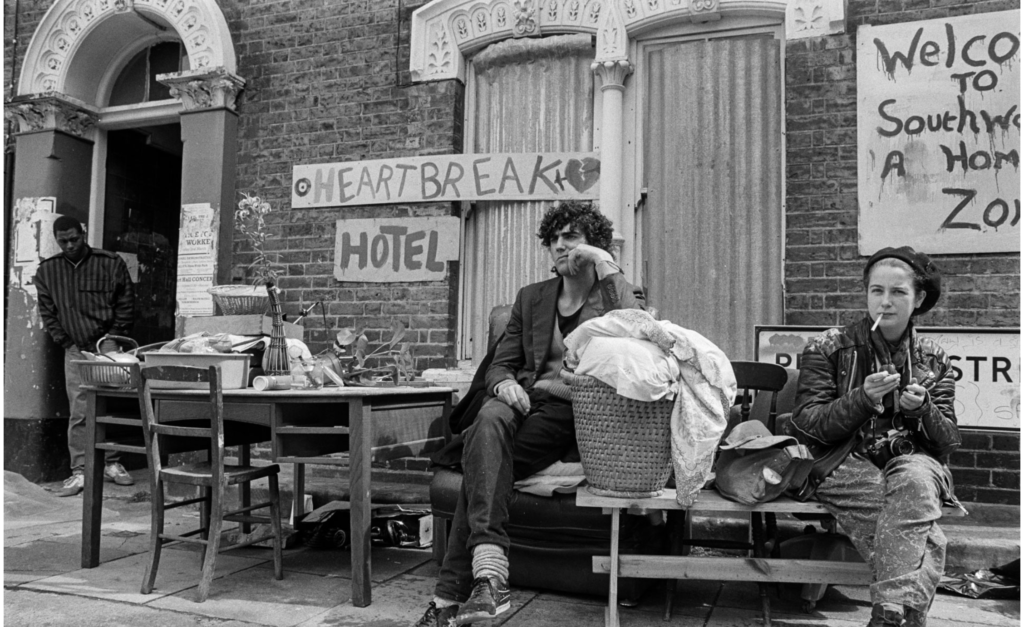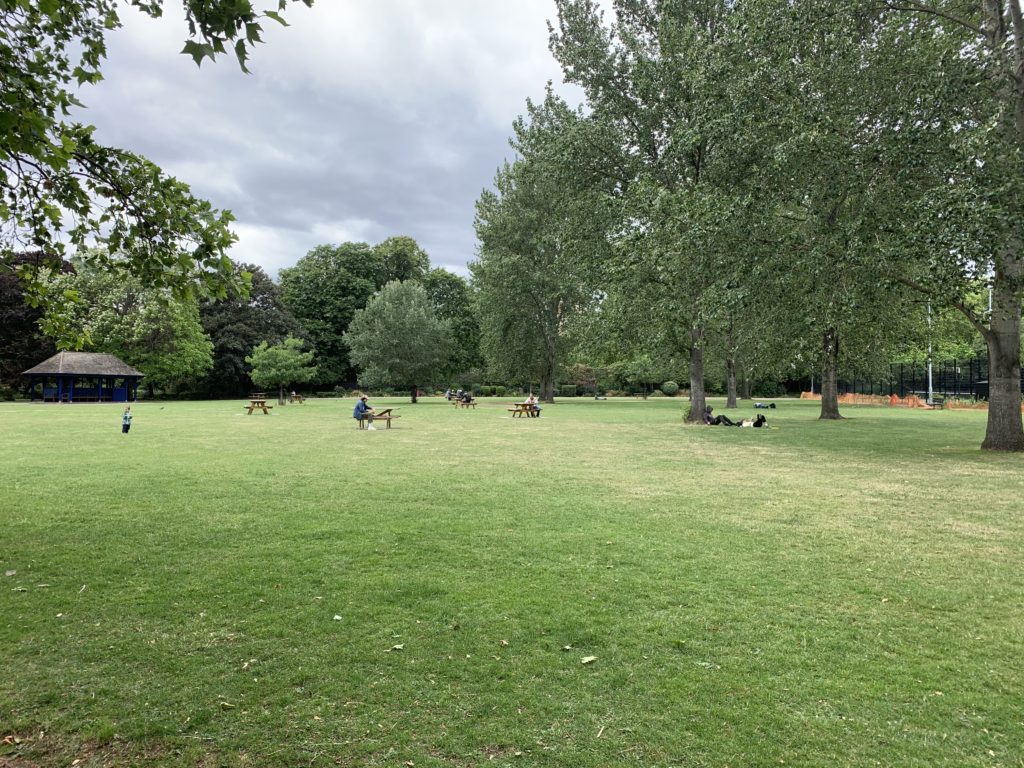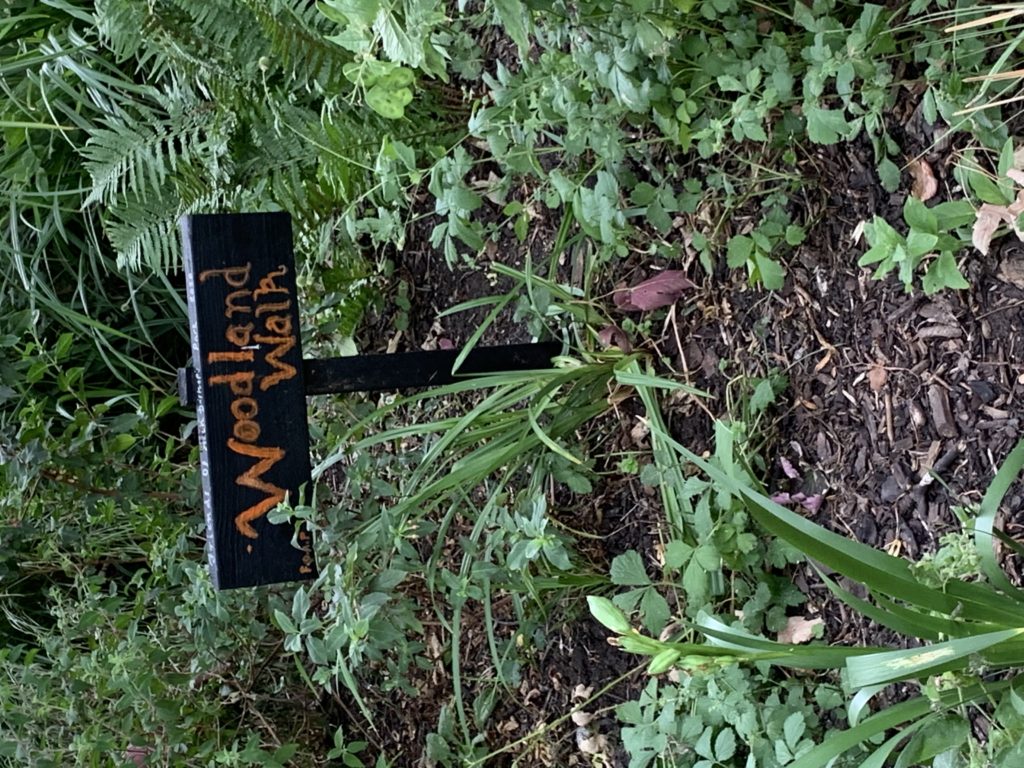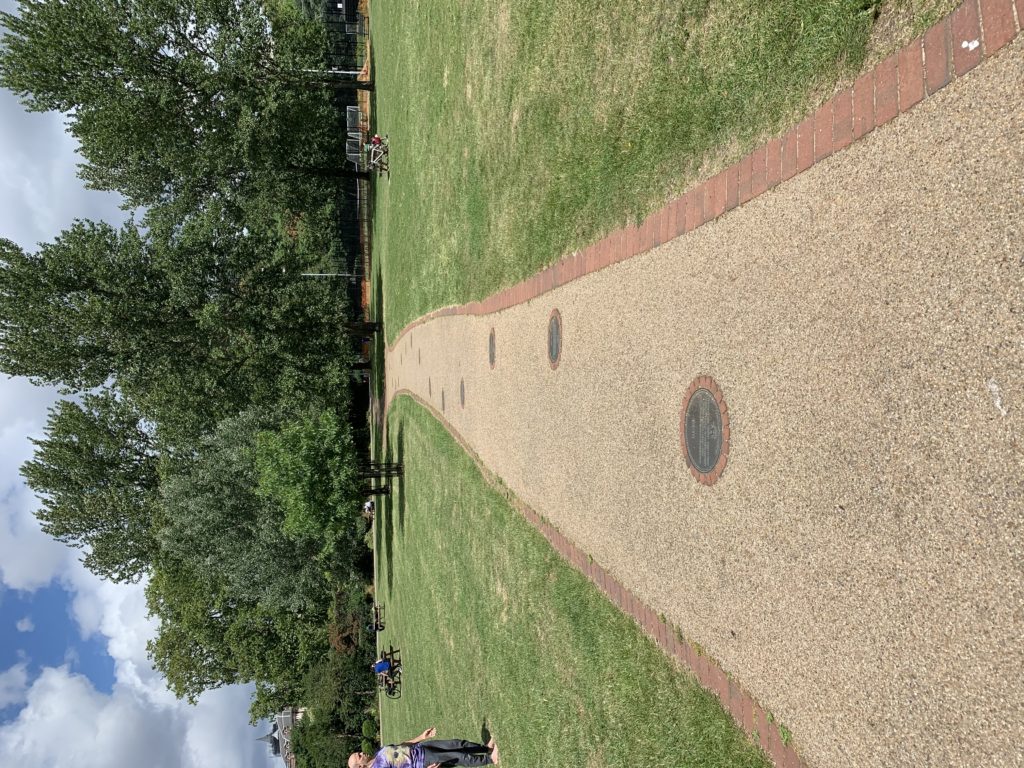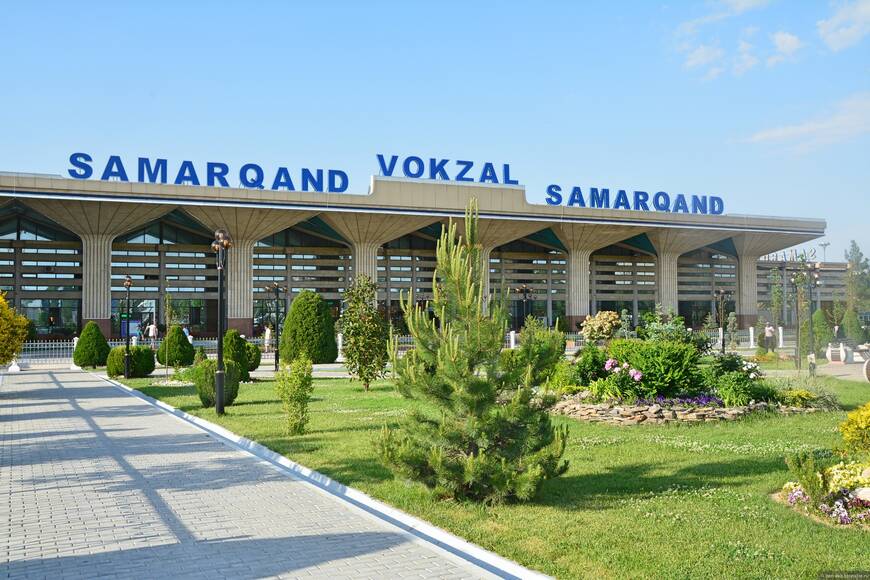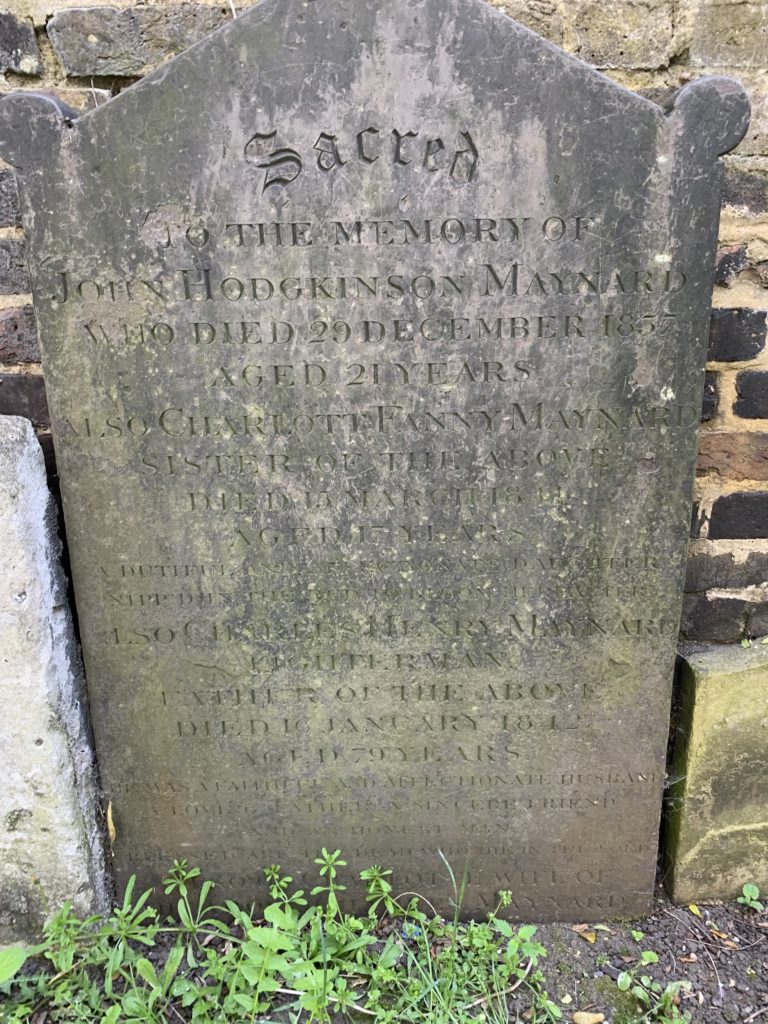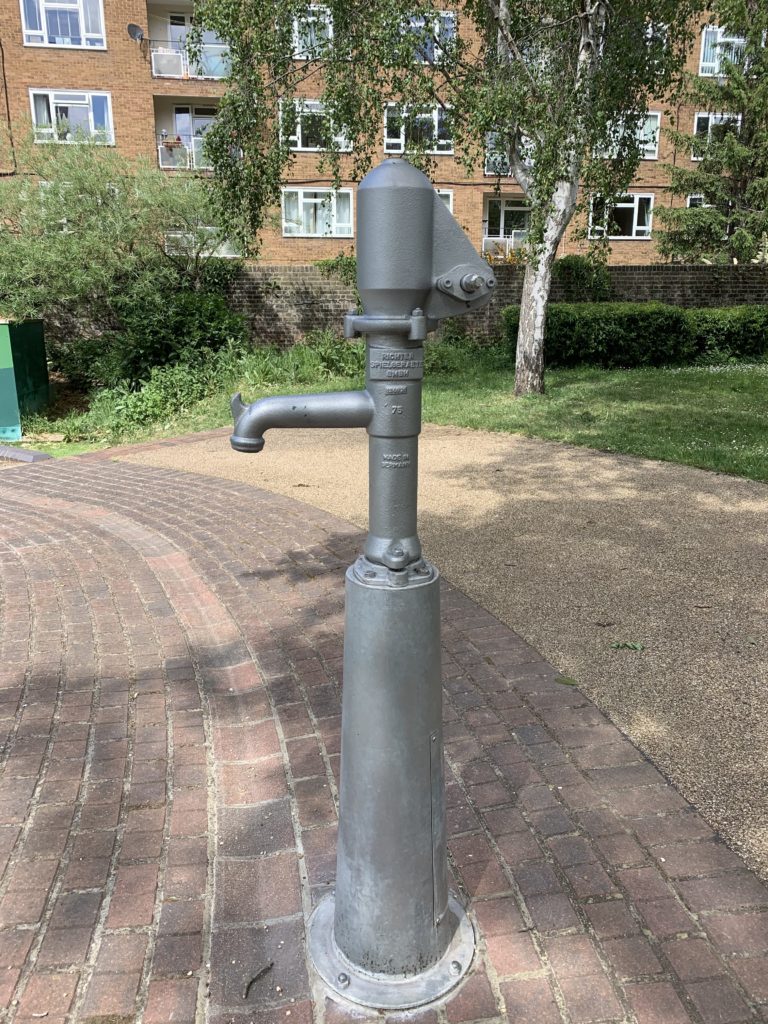We don’t have a great degree of inside intel on the St. Anselm’s Festival, but we are aware that it is this Saturday, 11 September, in Cleaver Square. If it is the new iteration of the Cleaver Square Festival, and we think it is, then it’s certainly a highlight on the Greater Kennington social calendar. Recently this magical and hilarious festival has transported us to some mythical location 200 miles and 20 years from from Greater Kennington. A tipsy Vicar! A tombola! A wholly inappropriate Punch and Judy show! Kate Hoey giving out Brexit Flyers! Posh dudes in Barbour jackets slurring into their fifth Pimms!
But aside from all the side splitting antics outlined above, it looks like the day will feature loads of great stuff for kids, a dog show, music and good food. But most importantly, it will likely feature local small businesses and people selling their wares (Kennington Tandoori and Bee Urban usually pop over) and people selling homemade cakes and pies. The Festival is from 12 to 4, and there is a Festival church service from 10 to 11 at St. Anselm’s itself with refreshments (probably not involving Pimms, but one lives in hope).
